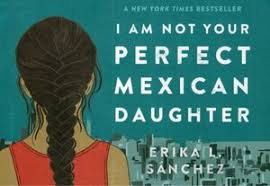For this week’s biography selection, I chose a book that is very near and dear to my heart, Gifted Hands: The Ben Carson Story by Greg and Deborah Shaw Lewis. This was a book I required my daughters to read during the summer of their fifth-grade year and I truly believe the life lessons in this book are invaluable. It paired very nicely with the message I always tried to instill: “No matter what obstacles are in your way, you can achieve whatever you can dream”. While my girls may question some of Ben’s controversial opinions, the value of this story holds true.
The
Ben Carson Story is the tale of how a child that couldn’t read became the
first pediatric surgeon to separate twins that were conjoined at the head. Ben
was eight years old when his parents divorced when he was eight. Afterward, he
grew up with his mother and his brother. His mother worked hard, but made sure
to challenge her children. Ben went through many trials and tribulations. He
made many mistakes, some violent, but he persevered and became a successful
medical Dr. who saved lives.
In the
Classroom
This book
is a children’s adaptation of Gifted Hands by Ben Carson. The book has
child friendly language and is appropriate for children in 4-6th
grade. It contains child appropriate language but does discuss violence that
Ben inflicted on other people. Additionally, Dr. Carson’s faith has a profound
impact on his life and is included in this book. I would use this book as a choice
for individual reading. I also believe Chapter 3: The Dumbest Kid in Fifth
Grade is very appropriate as a read aloud. In this short chapter, Ben
discovers that his reading difficulties are due to his eyesight. I think it is important
for struggling readers to know that they can overcome this challenge.








